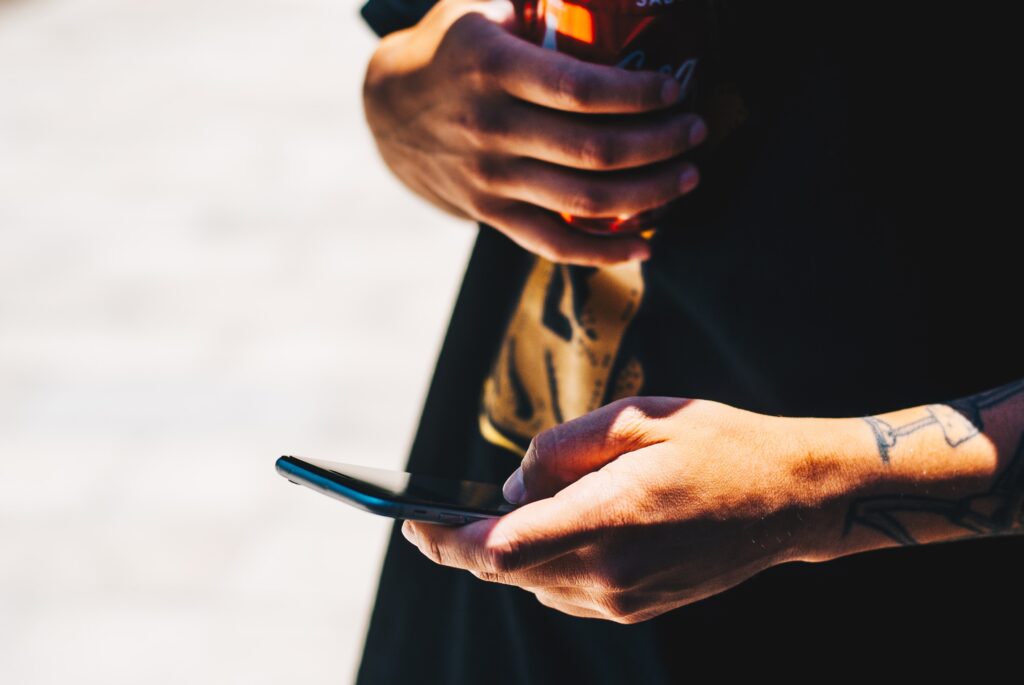
Mobile App Design Elements: What’s Important?
Eye-catching graphics, a memorable logo, and a good advertising plan are just some of the ways to get your foot in the door and catch the interest of the average mobile app user. However, if you want to go all the way and impress users with an app they will actively use, then you should consider the essential mobile app design elements that matter to users.
Basic Principles to Keep Users on Your App
To understand which mobile UX design principles work on retaining your users, you must understand the most basic design principles that matter for mobile app usability. Here are some creative principles to consider when designing the right UX and UI design for your mobile application.
Let’s dive in!
4 Important Mobile App Design Elements to Consider
App Design Element # 1: Navigation
If you’re developing an online shopping app, you want to get every mobile app user from your homepage to the checkout page with as few clicks as possible. That means providing a clear path toward the products or information they’re looking for.
For example, suppose you have a travel agency app. In that case, you want to provide your users with a straightforward way of finding relevant hotels, comparing results, and booking – all within your app and as seamlessly as possible.
Navigation and Usability
Navigation is an essential part to consider when thinking about mobile app usability. Apps that are well thought out can determine user behavior and either guide users through the app or make it easy for users to find the next step you want them to take.
This doesn’t necessarily mean limiting your app to the basics or creating a very restrictive app that doesn’t give your users much control. Considering navigation as one of your app design principles means finding a balance between interactive features and simplicity to help users find what they need from you.
App Design Element # 2: Color
There are plenty of studies done on the psychology behind colors, and these can also apply to mobile app design elements. Color is one of the first things users will notice about your app, so find a balance between colors that match your branding and colors that match the purpose of your mobile app.
Consider How Color Affect User Conversions
For instance, green is often associated with growth, while gold can be associated with money. Apps related to finance and money growth can use these colors if it doesn’t clash with their branding.
App Design Element # 3: Icons
Your app’s graphics play a functional role in your app user interface, and not just for aesthetics.
Icons, for instance, are a more accessible way for users to understand the different options. In comparison, using words can come off as clunky, and the design can have too many readable elements that make a page overwhelming to users. To avoid this, some of the icons that can help include:
- App Icons: The mobile application’s app logo has to be recognizable among other apps on a user’s mobile device.
- Clarifying Icons: These are icons that explain a task. For instance, you have loading icons when users navigate to another page. This indicates that the app is taking some time to load in the background, so users should wait a moment.
- Interactive Icons: These are icons that help users navigate to different pages. Many social media apps have magnifying glass icons to help users search for accounts, while online shopping apps have a cart or shopping bag icon to quickly direct users to the checkout page.
Remember, using the wrong type of icon can cause confusion or make it difficult for users to find what they’re looking for.
App Design Element # 4: Branding
Branding is your business’s personal touch that helps users remember and recognize your app and your business. When considering your mobile UX design principles or developing your UI, remember to add your own branding elements to the overall design.
For example, social media websites like Facebook, Twitter, and Instagram add their logo on the app home screen design as well as their homepage. Meanwhile, apps like TikTok and Airbnb don’t open on a homepage screen, but the center button at the bottom uses recognizable colors and logos.
Your App and Brand Identity are Connected
Also, keep in mind that because your app represents your brand, all the elements users see have to represent your brand’s standards. For instance, high-quality images can reflect the type of product or service your business provides. If you’re a brand known for good deals, placing promotions right in front of a user can help create a good first impression.
Turn Your App Design Principles into a Reality with Jackrabbit Mobile
These are just some of the many mobile app design elements that play a crucial role in creating a successful app. At Jackrabbit Mobile, we consider plenty of factors that go into creating the app you want. From production design to development, our team uses advanced techniques and skills to develop an app that enhances your brand and helps build your business.
Contact Jackrabbit Mobile to turn your idea into an app with effective app user design.
